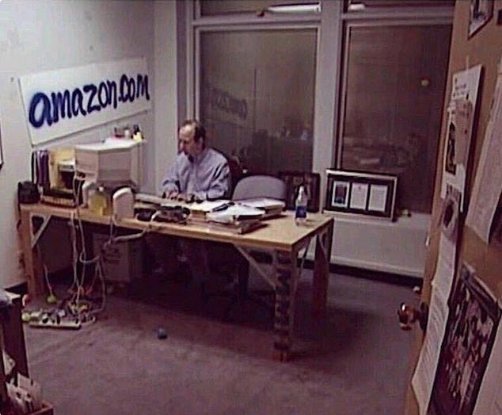It’s now time to break up Amazon, Google, Apple and Facebook
So says NYU professor Scott Galloway.
“I’ve become 100 percent convinced that its time to break these companies up,” Galloway said, speaking at the DLD18 conference in Munich.
“The key to competitive markets is no one company has too much power and we have blown way by that.” Galloway notes that Google would have never made it out of the crib if antitrust regulators hadn’t put the breaks on Microsoft.
“I want to be clear I love these companies. … They are clients of mine, at least for another hour until they see this,” he said.
Posted in: Infographic of the day | Leave a Comment



